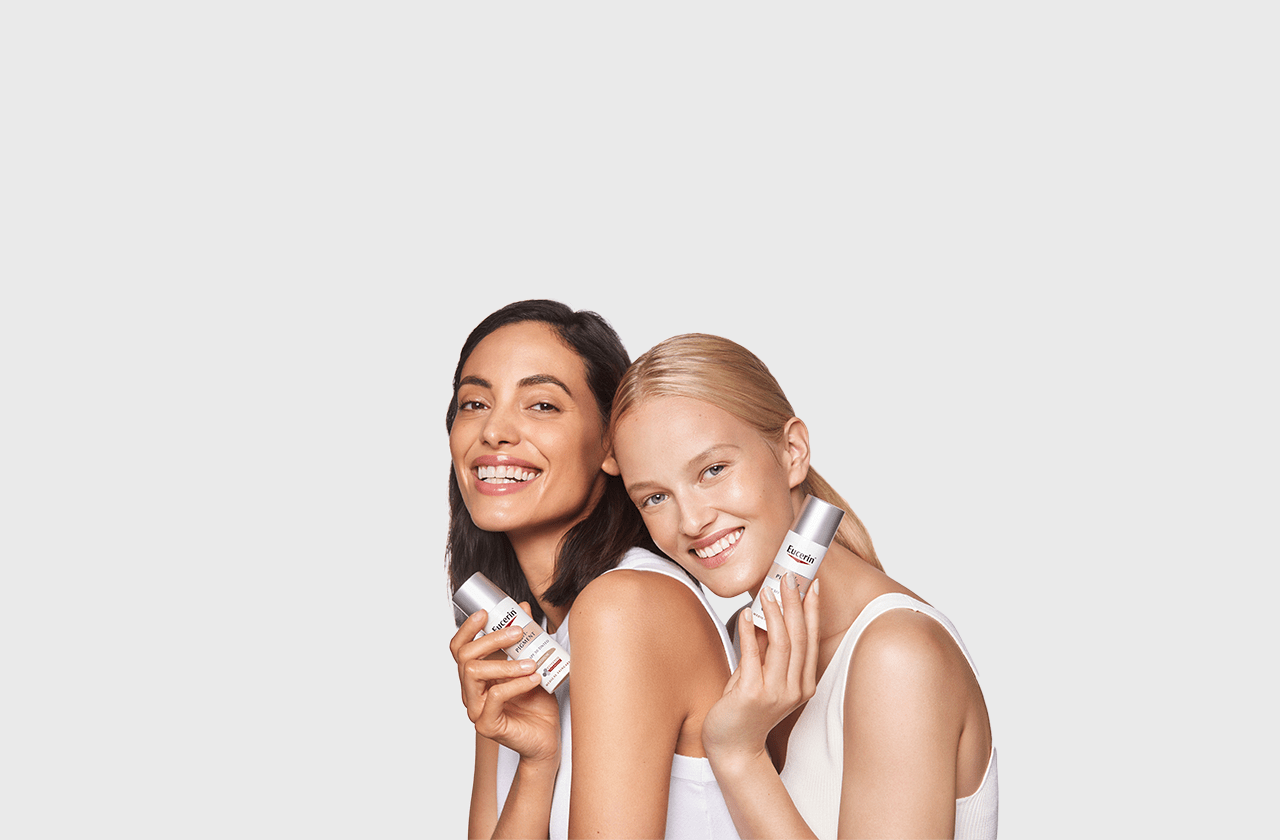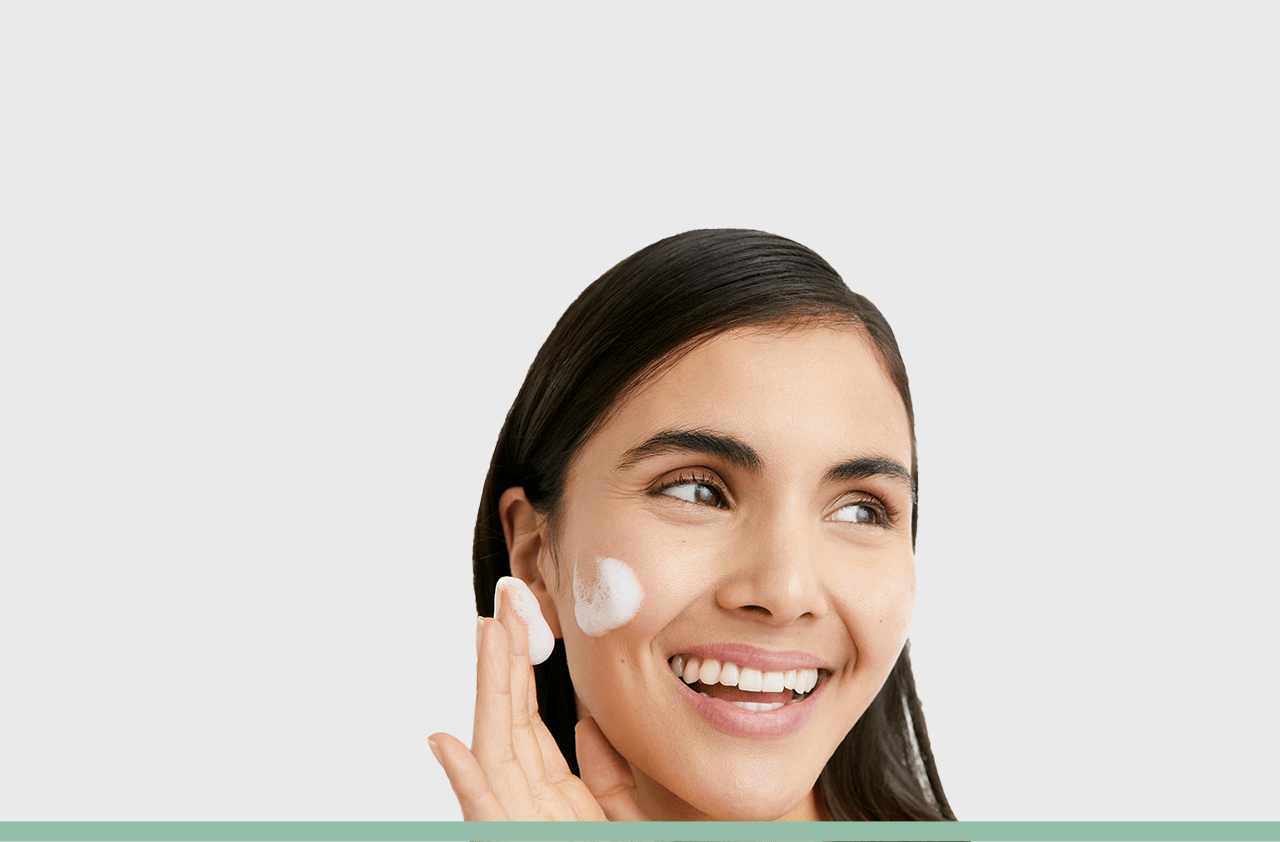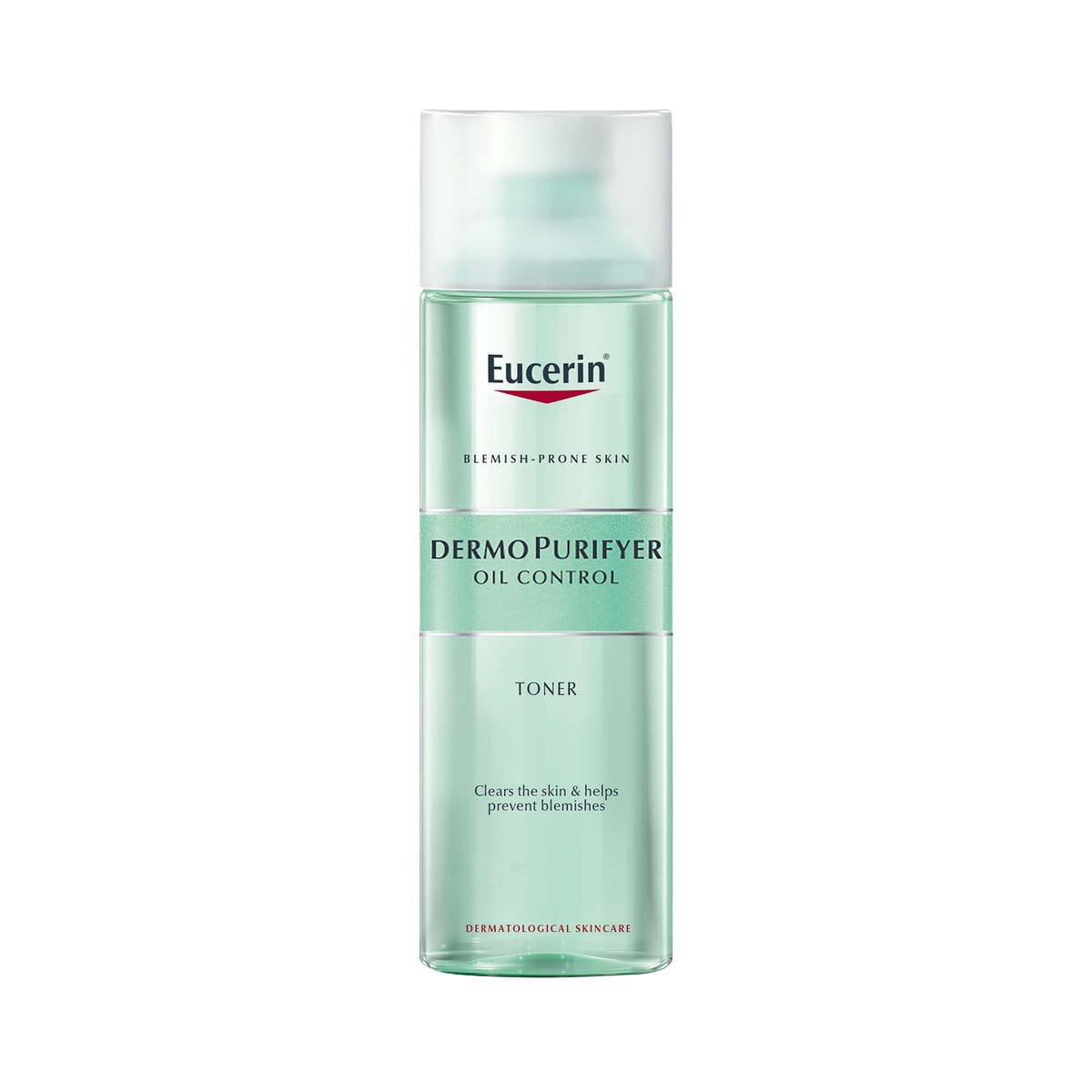As you begin to enter your teenage or adulthood, your once smooth skin seems to get riddled with pores. Gathered around your nose and cheeks, enlarged, open pores could be a result of your genetics, lifestyle, or even environmental damage. With so many factors at play, understanding this skin concern can get tricky. To make things simpler, we have broken it down into this comprehensive guide about the causes and the treatment for open pores.
Keynotes:
- Big or enlarged pores are primarily caused by physiological factors like excessive sebum production, aging, sun damage, and genetics.
- One can't shrink pores permanently, but their appearance can be minimised with topical ingredients like niacinamide, retinoids, and salicylic acid.
- Open pores are often confused with enlarged pores. Pores cannot be opened or closed with skin care practices.
- Clinical treatments such as microneedling, chemical peels, and HydraFacial also help refine skin texture when performed by professionals.
- Consistent skincare, cleansing, and sun protection are key to managing visible pores.






